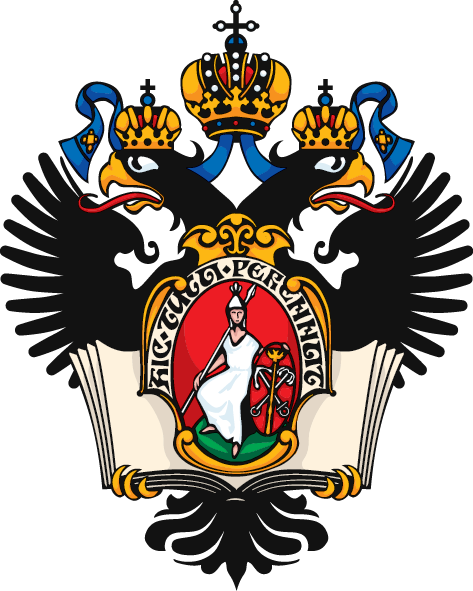Luzik, D. A.; Rabdano, S. O.; Skrynnikov, N. R. Non-Native Disulfide Bridges in Protein-Peptide Complex and in Protein Homodimers Trigger Unfolding and Aggregation. The FEBS Journal 2017, 284 (Suppl. 1), 212.
DOI: 10.1111/febs.14174.
We have investigated the complex between SH2 domain from proto-oncogene tyrosine kinase Fyn and low-affinity pTyr-containing peptide imitating the C-terminal sequence of the kinase. Guided by the structure of the complex PDB ID 2MRK, we sought to engineer a disulfide bridge between the peptide and the protein. Toward this goal we introduced a cysteine-for-glycine substitution yielding the peptide FynC with the sequence EPQpYQPCENL. Unexpectedly, formation of the intermolecular disulfide bond between the peptide residue C7 and the proximal protein residue C239 has led to protein unfolding accompanied by aggregation.
We hypothesized that formation of an adventitious inter- molecular disulfide bridge (either engineered or engendered by oxidative stress) is likely to trigger protein unfolding. The key to this behavior is the reduced ability of disulfide-bonded complex to refold and its increased propensity to misfold, which makes it vulnerable to large thermal fluctuations. Indeed, we have shown that disulfide conjugate FynSH2:FynC cannot be renatured from solution of urea unless treated by DTT. Similar behavior has also been observed for other proteins, including RRM2 domain from neuropathological protein TDP-43 and ubiquitin-like protein SUMO2, which undergo disulfide-mediated dimerization under oxidizing conditions.
The emerging picture suggests that covalent peptide inhibitors, e.g. engineered cysteine-containing peptides, can strongly perturb their protein targets. Along the same lines, formation of non- native disulfide bridges under oxidative stress leads to protein unfolding followed by aggregation. This effect contributes to build-up of proteinaceous bodies in a number of neurodegenerative disorders.
← PreviousТэги: Лузик, Рабдано, Скрынников
